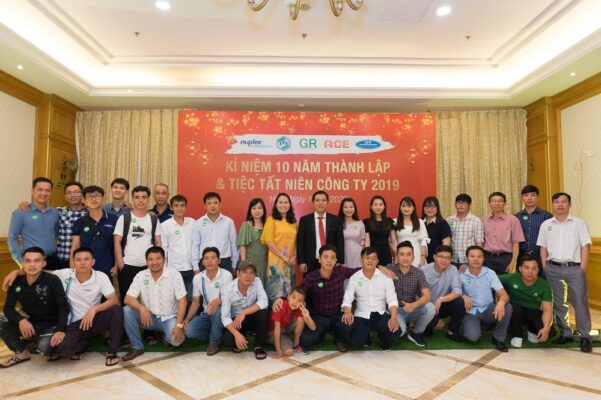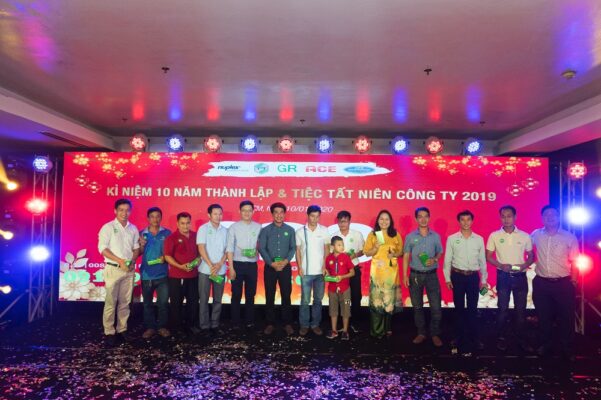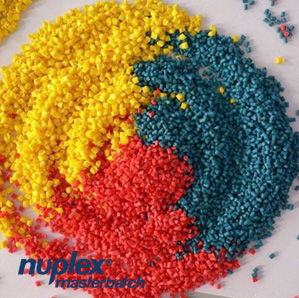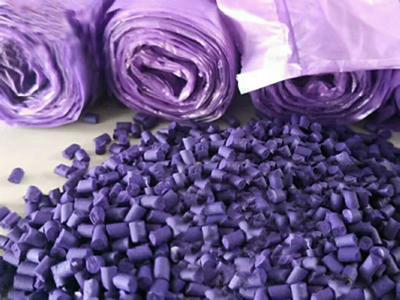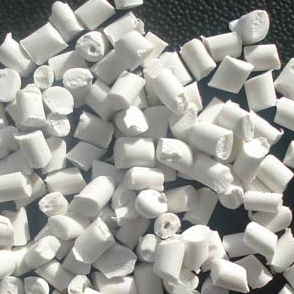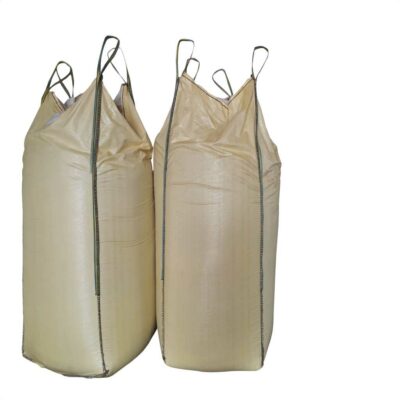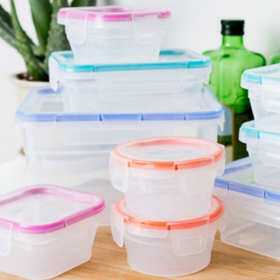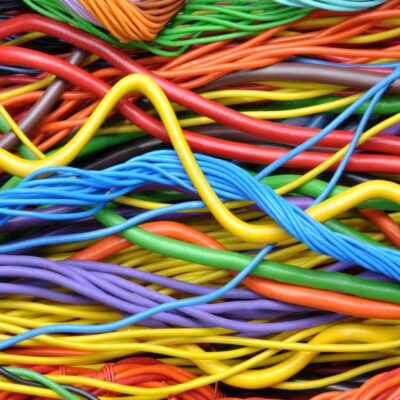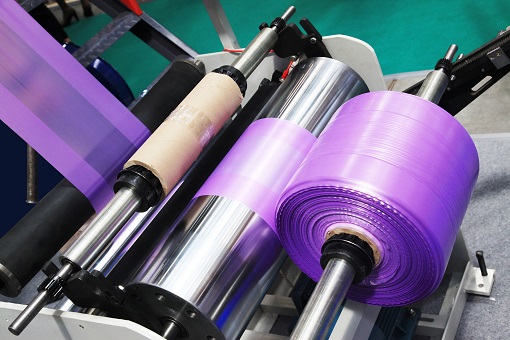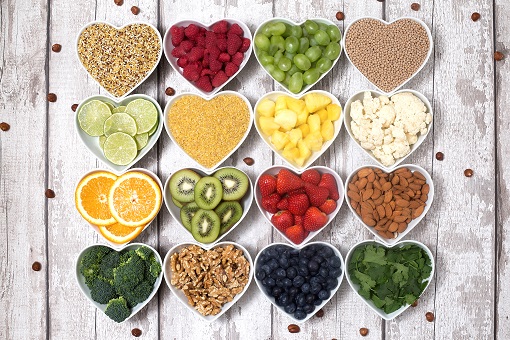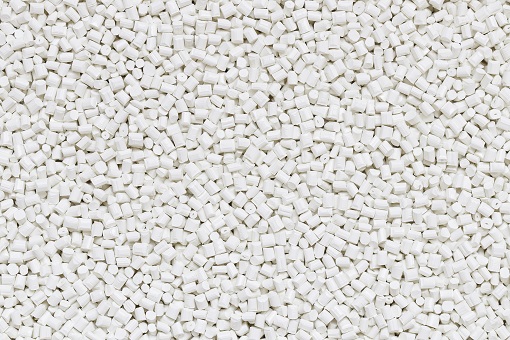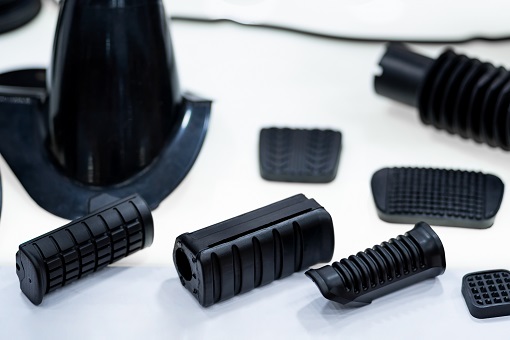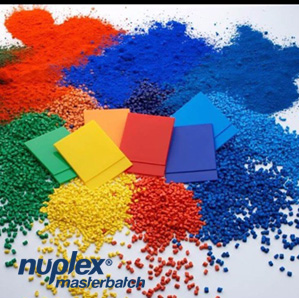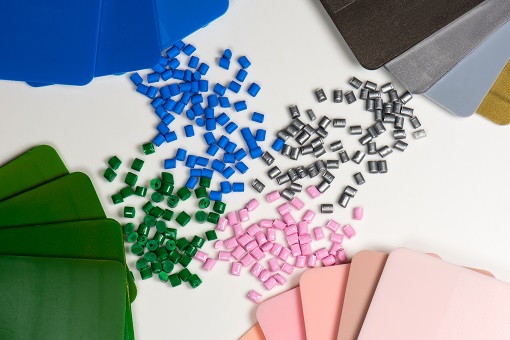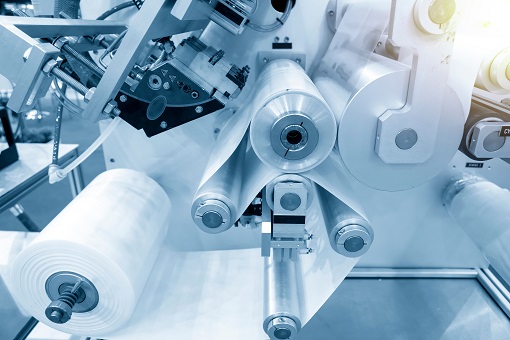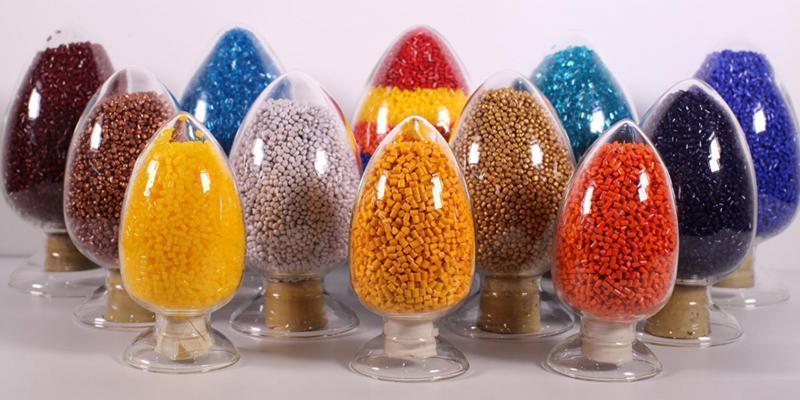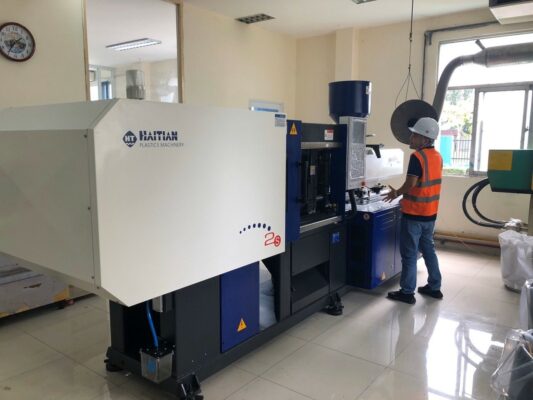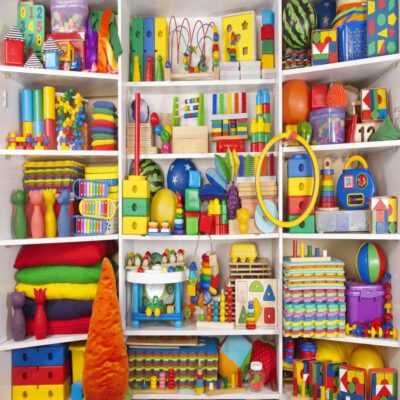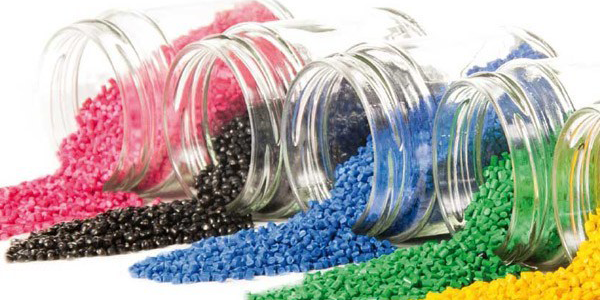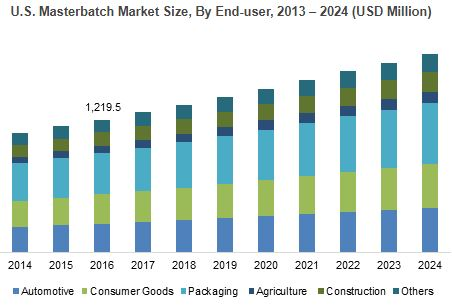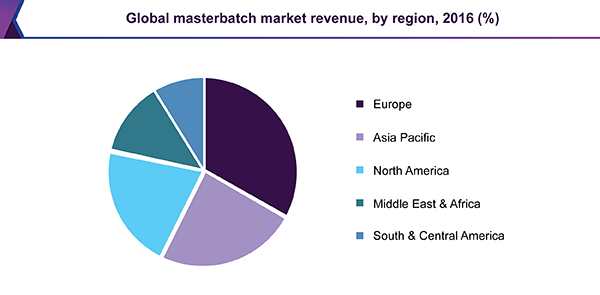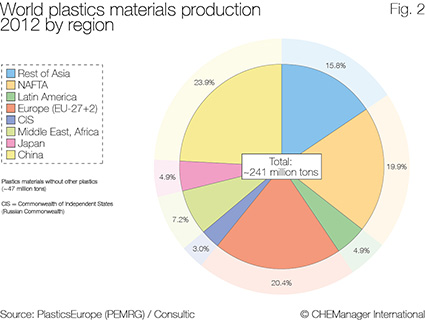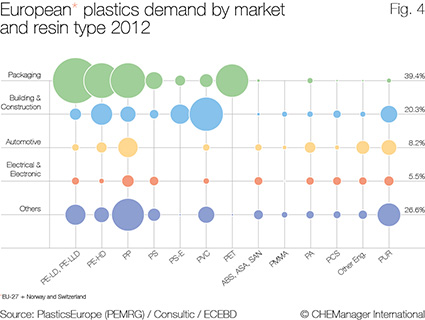Shoes are an object that comes into the feet of a person to protect and soften their feet while performing various activities. Shoes are also used as an ornament.
The design of the shoe has varied and is extremely rich over time, culture and purpose. In addition, fashion also dominates many design elements, such as shoes with very high heels (high heels) or flat heels (sports shoes). Modern footwear varies widely in use, style and cost. Simple sandals can be very thin and only include a single strap while modern fashion shoes can be made from very expensive materials, complex textures and cost thousands of dollars a pair. Other types of shoes for other uses such as hiking shoes or ski shoes, …
Shoes have traditionally been made from leather, wood, fabric, etc. but are increasingly made from rubber, plastics and other petrochemical materials.
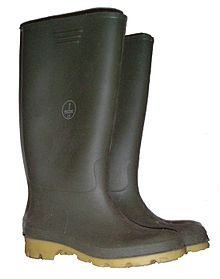
The sole is one of the most important components of a shoe. The sole of the shoe is the most important part of the shoe, roughly like the foundation of a house. The durability, water resistance, and smoothness of the shoes you wear are completely dependent on how the sole is made up. Because, the sole is the most stressed part of the shoe. It is not only a layer of protection for your feet when in contact with the ground, but it is also a support or significantly increase your height in the most clever way.

The sole of the shoe (aka Outsole) is the bottom of the shoe that touches the ground. Shoe soles can be made from many different materials such as leather, wood, PVC or natural rubber … depending on the structure and design of the shoe. And depending on the type of shoes, soccer shoes, sports shoes, leather shoes, high heels, protective shoes … that the sole of the shoe will have to be made of the right materials to ensure the safety of the user of the shoe.
Colored plastic beads and plastic accessories are also a component of a shoe sole with high durability, anti-slip for users, eye-catching colors.


 Tiếng Việt
Tiếng Việt


